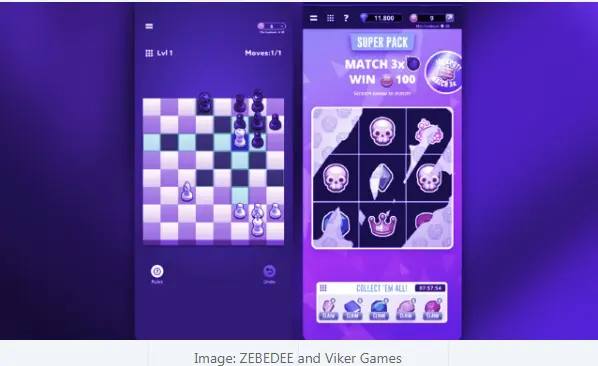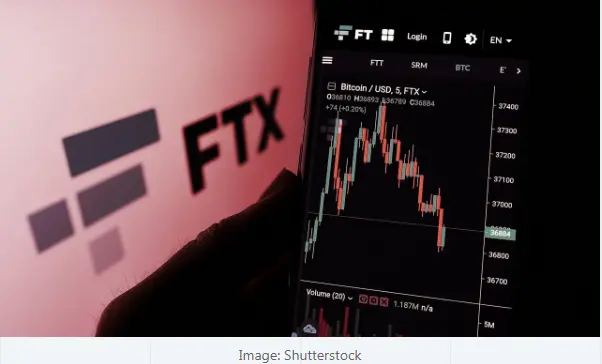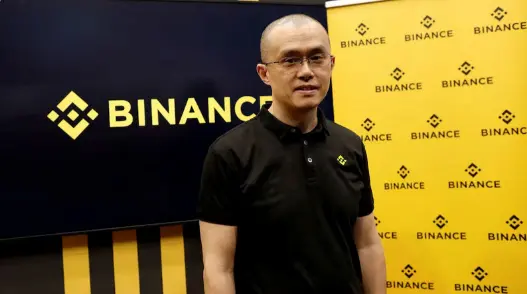
Staked ether withdrawals are imminent This will be the most pressing issue that Ethereum developers will tackle. After September’s Merge, when Ethereum switched its consensus mechanism to proof-of-stake (PoS), the network began to use validators instead of miners to approve and add blocks to the Ethereum blockchain. Prior to the Merge, validators began staking 32 ether (ETH) on the PoS Beacon Chain in order to participate in the block validation process. But validators were made aware before they joined the network that their staked ETH and any accrued rewards would remain locked up until Ethereum’s next upgrade, known as Shanghai, which is now set for March. Those that have been accruing rewards, some as early as December 2020 when the Beacon Chain went live, will finally be able to cash out their stake. “Withdrawals are as good as done,” Marius Van Der Wijden, a Software Developer at the Ethereum Foundation, told CoinDesk. All that is left to do is to test the code that enables withdrawals, which “should be mostly done by February/March” Van Der Wijden added. Proto-danksharding this fall, perhaps? Another item that Ethereum developers are hoping to address is “proto-danksharding”, which derives from “sharding”. Sharding is a method that splits up the network across several chains, or “shards”, in a way to make blockchain more scalable. Developers have compared sharding to adding new lanes to the highway; more cars are able to make use of that highway and can (ideally) travel down that road quicker as a result of less traffic. The same goes for Ethereum transactions: shards will increase the amount of network activity the blockchain can process, therefore decreasing gas fees and allowing for faster transaction speeds. Danksharding takes this same principle of splitting a network into shards, but instead of providing more space for transactions, it provides more space for “blobs” of data, allowing Ethereum to process more data. An ambitious endeavor, Ethereum developers agreed it would be too ambitious for it to go live with staked ETH withdrawals in March. And since their priority is to allow stakers to withdraw their ETH ASAP, developers agreed to push proto-danksharding to an upgrade scheduled for the fall. Parithosh Jayanthi, a DevOps Engineer at the Ethereum Foundation, told CoinDesk that he thinks that [proto-]danksharding will be “the most exciting thing devs will work on in 2023.” Jayanthi also added that proto-danksharding has “the potential to onboard millions of users and truly provide scalability to Ethereum.” Dealing with Ethereum’s censorship problem and centralization The U.S. Treasury’s Office of Foreign Asset Control (OFAC) sanctioned Ethereum mixer program Tornado Cash in August 2022, and ever since then, Ethereum developers have had to deal with what that means. Some have argued that validators that are not under U.S. jurisdiction do not have to comply with the sanctions. Others are confused about what kinds of blockchain activities are allowed under OFAC’s rules. Currently, 65% of blocks that have made it onto the Ethereum blockchain over the past 24 hours censored Tornado Cash transactions, and members of the community have tried to reverse the course of increased censorship. As of now, members of the Ethereum ecosystem view OFAC-compliance in different ways. Some have interpreted the sanctions as barring them from adding Tornado Cash transactions to the blockchain. Others view such actions as a form of censorship. This had led to debate within the Ethereum community on how to square rules with principles. “I think the ecosystem needs to pay more attention to censorship resistance and client diversity next year,” Jayanthi told CoinDesk. “Neither of those will be strictly addressed in the protocol roadmap for next year, so I’m hoping that the community layer takes charge until we can reasonably address it in the protocol.” The censorship problem has also caused some fears of centralization, as most validators have chosen methods to add transactions to the blockchain that filter out Tornado Cash. “We have worked hard to create an Ethereum protocol that is capable of being highly decentralized. But there are centralizing forces everywhere, and we need to be super attentive to them,” said Ben Edgington, the Lead Product Owner at Teku, a client (which is a software) of Ethereum, developed by Ethereum blockchain-focused company ConsenSys. “We can’t force people to run Ethereum in a decentralized way, but it will become worthless if they don’t.” More cool events, like Devcon and ETHGlobal meetups And finally, Ethereum will bring together developers, market shakers, policy makers and other community members at various global events, where people can collaborate on new ideas. Devcon, the largest conference for Ethereum developers, is set to take place again in 2023 (though the location has yet to be determined). The conference, which took place in Colombia in 2022, is a highlight among Ethereum lovers, who often meet up in different corners of the world to share their thoughts and innovations for the second-largest blockchain. Other notable events for Ethereum include the popular EthCC in Paris, France, set to take place this year from July 17-20. Last year, layer 2 firms announced their ambitions for their various rollup solutions at that conference. Ethereum.org also has shared meetup groups and global ETH hackathons for Ethereum enthusiasts around the world, making it easy for “Ethereans” to connect with other like-minded individuals. And lastly, CoinDesk’s own Consensus Festival will be taking place in Austin, TX, from April 26-28, where there will be discussions about the Ethereum protocol, as well as other topics related to blockchain, crypto, and Web3. Margaux Nijkerk, Jan 4, 2023, https://www.coindesk.com/tech/2023/01/04/ethereum-in-2023-heres-what-to-look-forward-to/




